GUIDE TO BUYING A KNIFE
Focus on Essentials
A well-equipped home kitchen should have at least four types of knives. The chef’s knife, usually 8 inches long, is the most important and the workhorse of the kitchen. You’ll use it for chopping, slicing, and dicing a variety of foods. A slicer is generally longer and thinner and is used mainly to cut cooked meat. A utility knife is often interchangeable with a chef’s knife for cutting and slicing fruits and vegetables, though its smaller size—4 to 6 inches—can make it more convenient. A paring knife, usually 3 to 4 inches long, is perfect for peeling and coring.
Know the Terminology
Knives are forged or stamped. Forged knives, which tend to be higher priced, are created when a single piece of molten steel is cut and beaten into the desired shape. The blade is sturdy, with a heavy bolster and heel to protect the hand during cutting. Because forged blades are generally less flexible than stamped, they are less apt to bend over time. Some makers use the term “forged” when in fact they use a different process to imitate the forged look.
Stamped knives, created by a cookie-cutter-type machine, are usually the same thickness throughout, except at the cutting edge. They lack a bolster and heel. Although the top-rated knives are forged, stamped knives are capable of very good performance. They’re also generally less expensive than forged.
Consider How You Cook
For more specialized preparation, choose a set with lots of pieces, or buy additional separately sold knives from the same line, referred to as “open stock.” Most fine-edged knives have open stock available. The santoku is a cross between a chef’s knife and a cleaver. Its cutting edge is straighter than a chef’s knife, so there’s less opportunity to “rock” the blade for fine slicing. But if you’re not versed in rocking you might prefer the santoku. It’s also lighter and less bulky than a cleaver, though not suitable for chopping through bone.
Factor in Care
If the people in your household tend to leave unwashed knives in the sink or put them in the dishwasher—both no-nos if you want your knives to work their best and last as long as possible—choose a set in the Kitchen Knife Ratings that indicates it’s not prone to corrosion. All the fine-edged sets require regular honing. If you’re not willing to hone, consider a low-maintenance set.
Hold the Handle
Look for a knife that is rated excellent or very good for handle comfort and balance. If you’re shopping at a specialty or department store, ask a salesperson if you can hold a sample knife to see if you like the fit. Here are the knife features to consider.

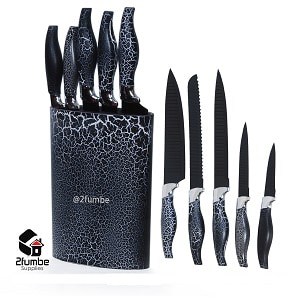
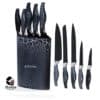

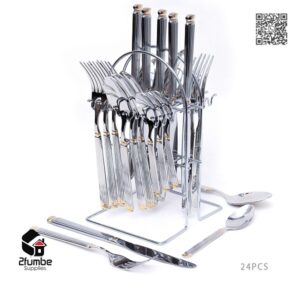
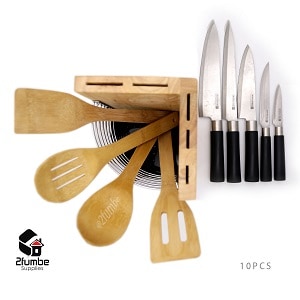
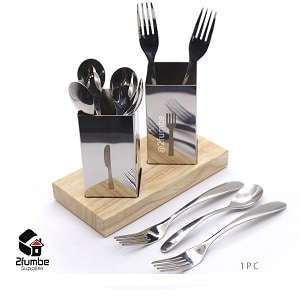
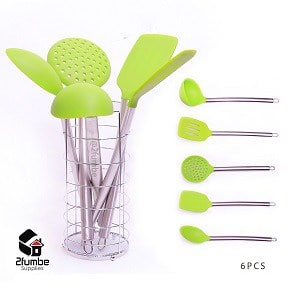
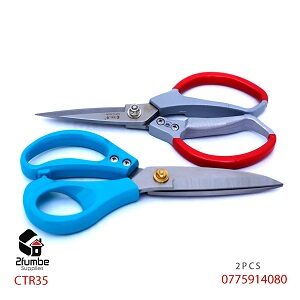
Reviews
There are no reviews yet.